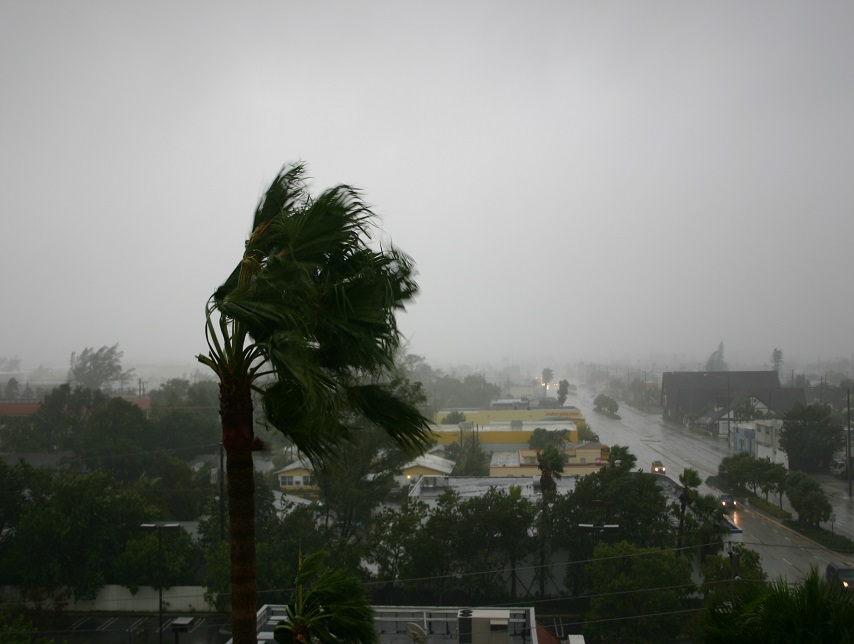About Disaster SNAP
While SNAP provides replacement benefits for current SNAP participants who lose food in the aftermath of a disaster, Disaster-SNAP (D-SNAP) provides benefits to affected households which would not ordinarily be eligible but suddenly need food assistance. The benefits are delivered via Electronic Benefit Transfer (EBT) cards, which can expedite and mainstream the relief process for victims.
D-SNAP has been deemed effective and responsive in quickly delivering nutrition assistance to people recovering from hurricanes, tornadoes, and other disasters. Indeed in 2005, in a report from President Bush’s White House on government action in the aftermath of Hurricanes Katrina, Rita and Wilma, the D-SNAP program was singled out for its responsiveness and effectiveness.

Guide to Federal Nutrition Programs During Disasters
FRAC’s Guide to Federal Nutrition Programs During Disasters – updated in September 2024 – explains how federal nutrition programs work during disasters and what advocates, elected officials, and programs service providers can do to help meet nutrition needs before, during, and after a disaster.


